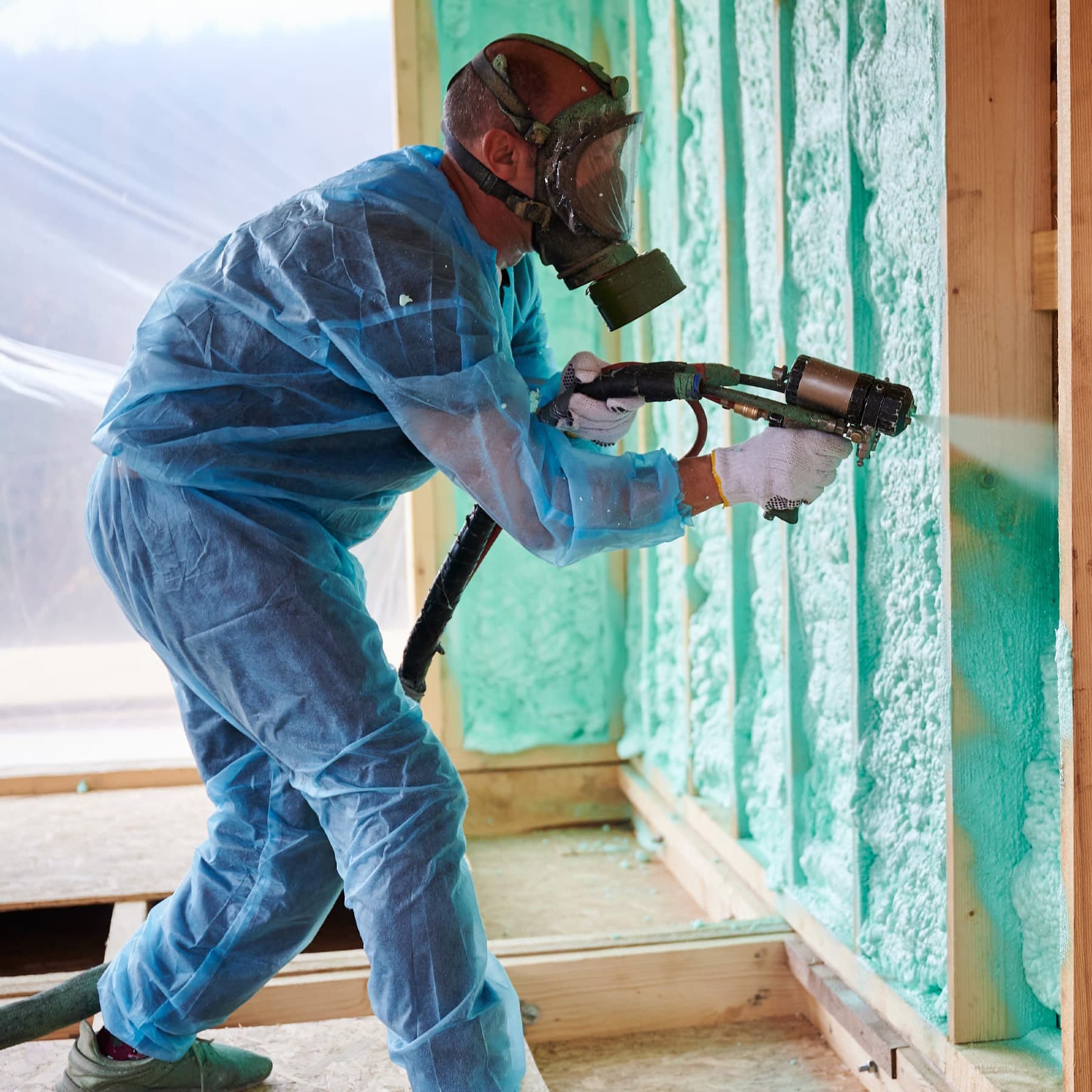Building Regulations
Effective acoustic control London
Metropolitan Insulation Services’s polyurethane spray foam sound insulation is the ideal choice – creating non-ventilated hybrid warm deck structures for roofs, walls and floors that comply with current Building Regulations.
When it comes to insulating unventilated lofts against heat loss and noise pollution, our product’s insulation performance raises the bar – it expands to create a superior insulation barrier, adheres to everything, seals gaps effortlessly and minimises unwanted air leakage. By creating its own vapour control layer, it also prevents surface or interstitial condensation.
The 2006 Dwelling Emission Rate (DER) is currently set at 20% improvement over the 2002 Regulations. To meet carbon dioxide emission rates and comply with SAP 2005, please refer to the table below for the best ‘U’ Value starting point.
Building regulations in Scotland specify fixed ‘U’ Value requirements according to whether or not the heating boiler is ‘A’ rated.
| Element | Starting 'U' Value W/m2K | Typical Foam Depth mm | 'U' Value W/m2K | 'U' Value W/m2K |
|---|---|---|---|---|
| Pitched Roof Horizontal Ceiling | 0.16 | 85* | 0.16 | 0.16 |
| Pitched Roof Sloping Ceiling | 0.20 | 120 | 0.20 | 0.18 |
| Flat Roof | 0.20 | 110 | 0.25 | 0.22 |
| Walls | 0.27 | 75 | 0.30 | 0.27 |
| Floors | 0.22 | 50 | 0.25 | 0.22 |
| Sloping Ceiling Loft Conversion | 0.20 | 120 | 0.20 | 0.18 |
*Calculations based on unventilated loft space with 100mm mineral fibre at loft floor level. Air Leakage not to exceed 10m3/m2/hr
Air permeability and cold bridging
You must also be able to demonstrate that specified design air permeability has been achieved by taking an air pressure test.
A limit of 10m3/m2/h at 50 Pa for air permeability is acceptable. Metropolitan Insulation Servicess’ spray foam insulation will significantly reduce air leakage and cold bridging.
Metropolitan Insulation Services – support every step of the way
If you need assistance, our technical department will be pleased to provide free ‘U’ value and condensation risk calculations, giving recommended foam depths to achieve the required Dwelling Emission Rate.
‘U’ value calculations are carried out using the methods in ISO 6946 (walls and roofs) and ISO 13370 (ground floors).
Condensation risk analyses are calculated using the method in BSEN ISO 13788:2002 (and BS 5250 Appendix D): Code of Practice for the Control of Condensation in Buildings.
Calculations can be provided for roofs, walls and floors and may be submitted to Building Control Departments to demonstrate compliance with Building Regulations.



